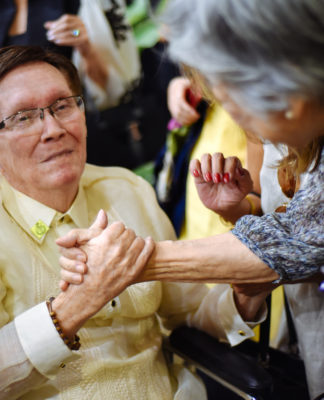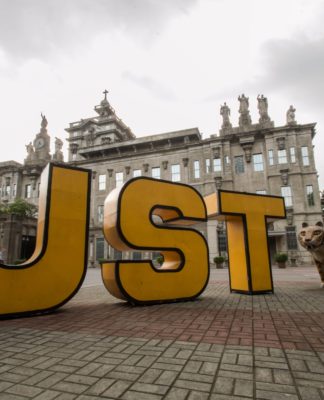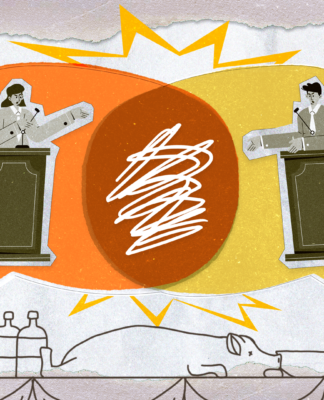Changes in the route of the annual Black Nazarene procession are meant to ensure the safety of the growing number of devotees every year, a Quiapo priest said.
Fr. Ric Valencia, parochial vicar of the Minor Basilica of the Black Nazarene, said a longer route was used for this year’s “Traslacion”—going to Quiapo from Rizal Park via Jones Bridge instead of MacArthur Bridge because of the latter’s incapacity to hold a larger number of people.
“The capacity of MacArthur Bridge is only 20 tons, so to ensure the devotees’ safety, we decided to extend the route of the Traslacion to Jones Bridge. It may be longer, but safer,” Valencia said.
Media reports said about 10 million devotees attended the 407th grand procession last Jan. 9, an increase from the nine million recorded last year.
This year’s procession lasted for 19 hours. No fatalities were reported but there were more than 1,600 wounded, according to media reports.
It was during the 400th anniversary of the “Traslacion” in 2006 that the traditional route was first changed.
The original route started at Plaza Miranda in front of the Minor Basilica, then through the Quiapo district, Recto Avenue, and back to Quiapo Church.
Due to the dramatic increase in the number of devotees flocking to Quiapo’s streets to touch or have a glimpse of the miraculous image, the starting point of the procession was transferred to Quirino Grandstand in Rizal Park.
International pilgrimage
Liz Villaseñor, head of the Manila City Hall Tourism Office, said the Local Government of Manila is planning to turn the annual Feast of the Black Nazarene into an international pilgrimage to attract tourists.
“The celebration of the Feast of the Black Nazarene is not limited to one city, so we would like to make it an international event,” Villaseñor said.
Valencia noted that the Feast of the Black Nazarene is already considered an international attraction even without an official declaration.
“Though the [local government of] Manila has not yet officially declared the feast as an international pilgrimage, it is already happening because a lot of foreigners witness the feast,” the city official told the Varsitarian.
But Filipinos have to be reminded that the Black Nazarene procession is a spiritual event, Valencia said. “Like any other religious event or pilgrimage, our aim is to draw the people of God closer to Christ and not for the sake of economic benefits.”
‘Pray, follow, and witness’
Discussing this year’s theme, “Debotong Laykong Poong Hesus Nazareno, Tapat na Katiwalang Nagdarasal, Sumusunod at Sumasaksi,” Manila Archbishop Luis Antonio Cardinal Tagle called the faithful to translate their love and devotion to the Black Nazarene into prayer, obedience, and witness.
“Praying is one way of showing love. Obedience roots from praying before the Lord that reminds us to use God’s teachings as the standard way of living,” Tagle said in his homily during the Mass at Quirino Grandstand.
Tagle emphasized that the faithful should not be ashamed of their love for God, and to put Jesus instead of material things in their hearts and minds.
“Brothers, let us be fearless in sharing the Gospel of God. Let us declare His love. We should be ashamed of corruption, but not of Christ’s love,” he said.
Tagle called on the devotees to continue praying for Filipinos who have been experiencing “tests of faith,” particularly the people devastated by the earthquake and typhoon in the Visayas.

















